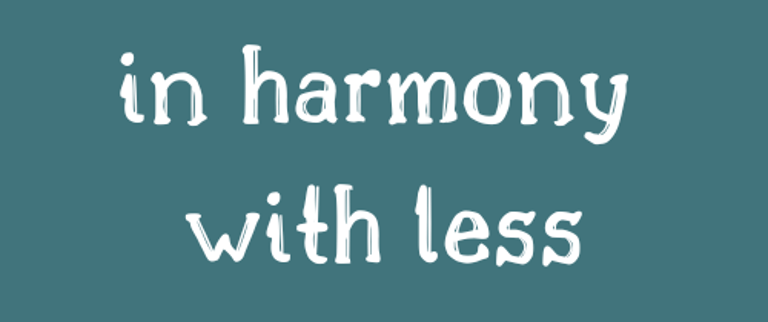Rent or Buy? The rare-use calculator (stop owning dust)
The Circular Home #6
10/17/20252 min read


Most homes are paying silent rent to store “once in a while” gear—carpet cleaners, rooftop boxes, folding tables—that hog space and gather dust between their few heroic weekends. The fix is not another shelf; it’s a simple rent-or-buy calculator that turns hunches into decisions and prevents you from owning a problem disguised as a product.
The quick formula (no spreadsheet panic)
Define:
P = purchase price
V = resale value when you’re done (realistic)
M = total maintenance/parts over the period
S = storage cost (space you’d otherwise use; estimate conservatively)
r = rental rate per use (including deposits/fees)
Break-even uses = (P − V + M + S) ÷ r
If you won’t realistically hit that number within your time horizon, rent.
Example 1: Carpet cleaner
P = 200
V (after 3 years) = 80
M (filters/solution over 3 years) = 60
S = 0 (tucks in a closet you’d keep anyway)
r = 25 per day
Break-even = (200 − 80 + 60 + 0) ÷ 25 = 180 ÷ 25 = 7.2 → about 8 rentals.
If you deep-clean twice a year, buying loses; renting wins.
Example 2: Rooftop box
P = 350
V (after 5 years) = 200
M = 0 (assume basic care)
S = 5 per month × 60 months = 300
r = 40 per weekend
Break-even = (350 − 200 + 300) ÷ 40 = 450 ÷ 40 = 11.25 → about 12 weekends.
If you travel by car once or twice a year, rent and reclaim your garage.
Intangibles that tilt the math
Hassle factor: transport, mounting, cleaning, and the mental load of maintenance all have a cost.
Damage risk: rentals transfer a chunk of risk; ownership doesn’t.
Flexibility: renting lets you scale up or down by trip, season, or child’s age.
A three-step decision you’ll actually use
List rare-use items in your life (party tables, pressure washer, camping gear).
Run the break-even with honest numbers and a two-year horizon; if you won’t cross it, rent.
Create a sources note with your go-to rental shops and community groups so booking takes two minutes, not twenty.
Pro tip: Borrow breaks the tie
When the math is close, borrowing wins—free cost, zero storage, same function. Pair the calculator with a standing “borrow first” list, and most purchases fall off on their own.
You don’t need more organizing bins; you need fewer obligations disguised as objects. Let the calculator call it, and keep your space—and your money—available for the life you actually use.
Next gentle step: Open a note titled Rent or Buy? and add three items; run the break-even with rough numbers today, and circle the first one you’ll rent on purpose.
Connect
Join our community of mindful parents and receive exclusive tips, guides, and resources on minimalism and sustainable living. Subscribe Now.
info@inharmonywithless.com
© 2025. All rights reserved.
